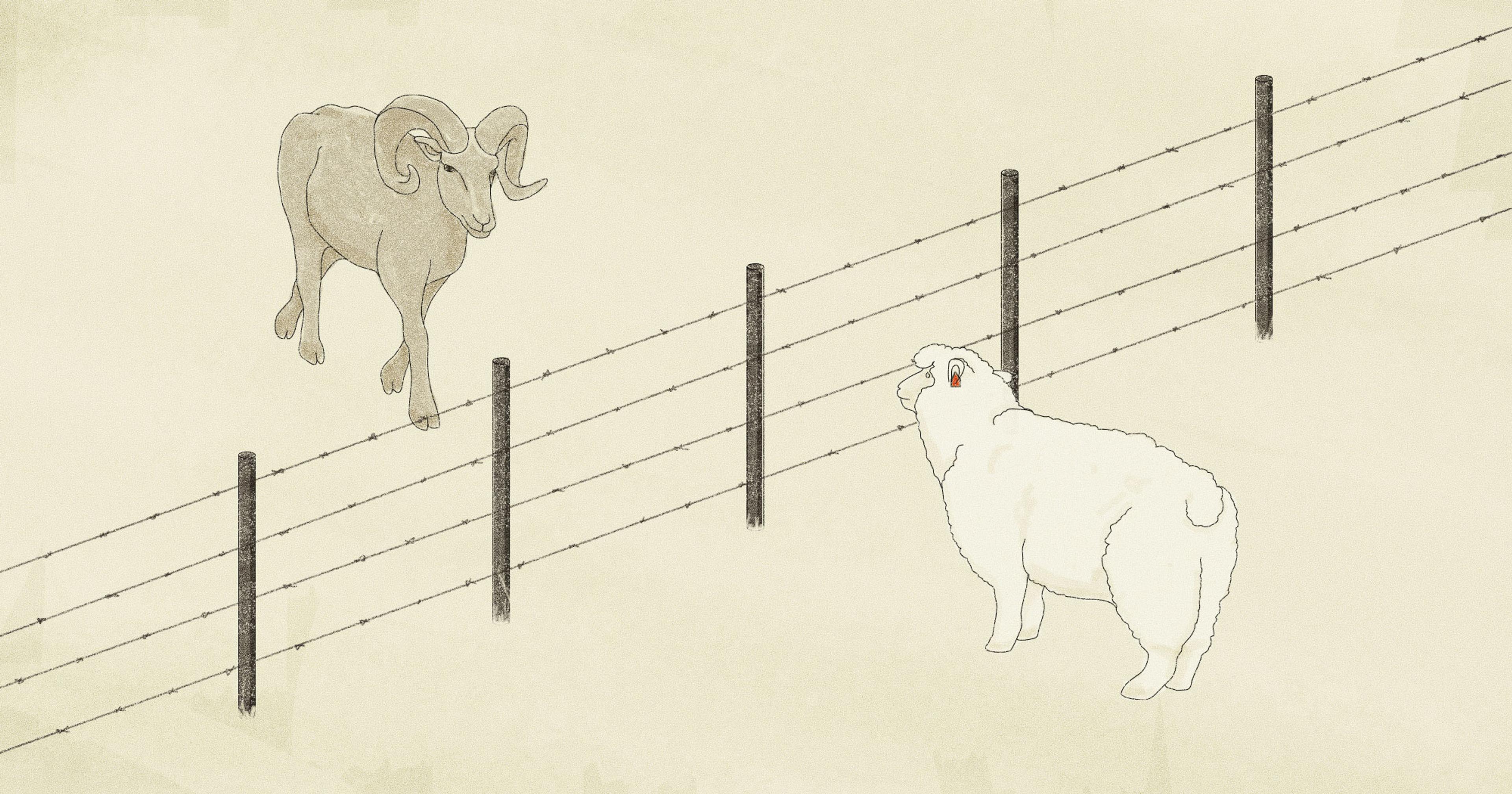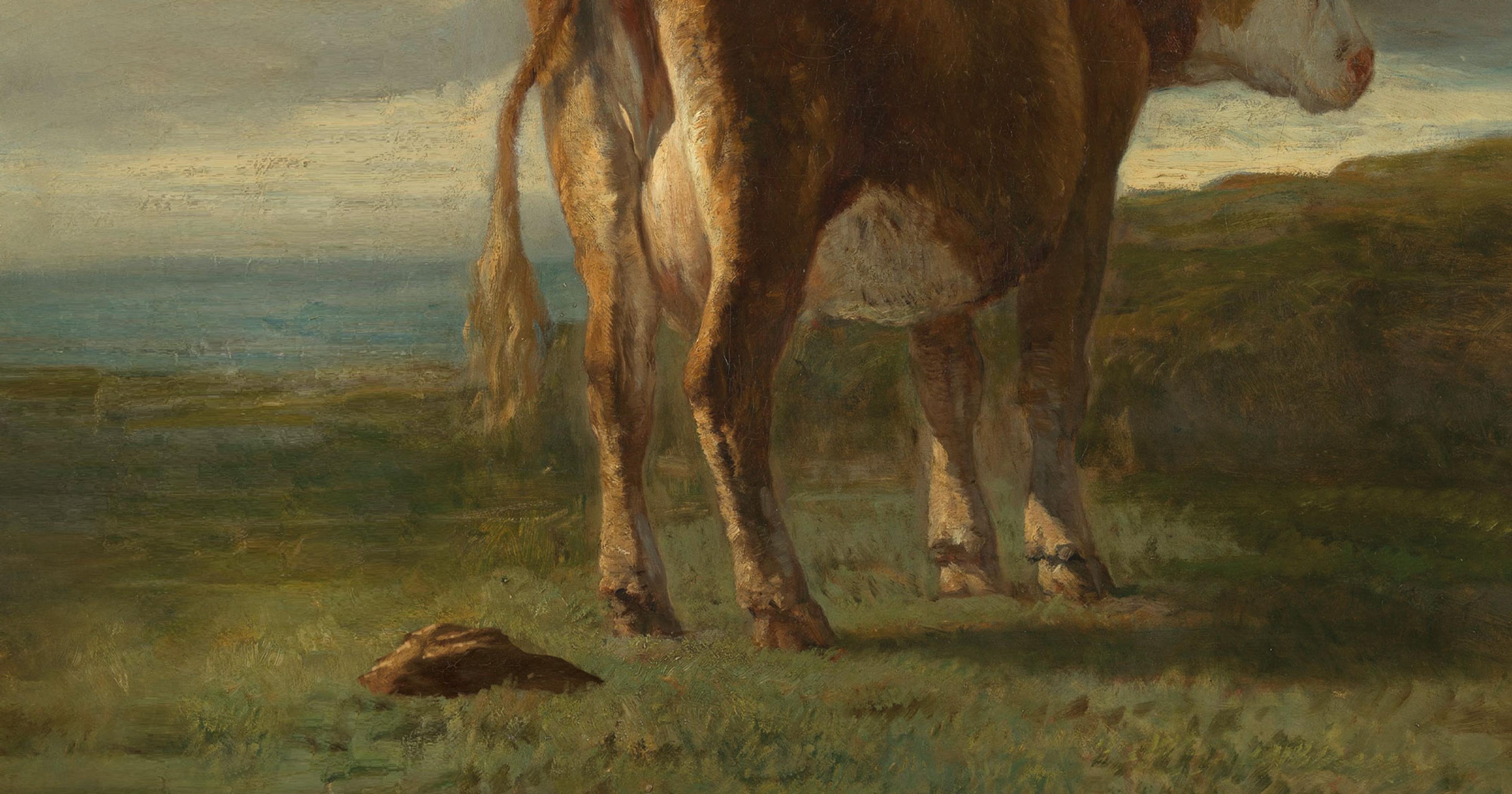Wool pelleting provides an income stream for shepherds’ waste wool, while giving vegetable farmers a valuable soil amendment.
This year’s early February chill soaked in shortly after I’d shorn my Shropshire ewes in preparation for lambing season. I’d shed my own winter coat before shearing, so I grabbed a wool sweater from the truck and pulled it over my base layers.
Instantly, I was warmed and uplifted. Wearing the sweater as I cleaned my shearing area was like being hugged by a fluffy Shetland sheep.
A few minutes later, I deposited 30-gallon trash bags of Shropshire wool along the outside of the barn — a pit stop before the compost bin.
While Shetland wool is prized and crafted into colorful clothing, there are meat breeds like the Shropshire where it’s often not worth trying to sell the wool — prices for their coarser fleece is simply too low. Though we’ve done well selling Shetland wool on Etsy, the Shropshire fleeces often remain unsold.
This excess wool is sometimes called “waste wool”; shepherds like me are looking for ways to use it instead of throwing it away. One potential solution: the Indiana Sheep Association (ISA, where I am secretary) purchasing a wool pelleting machine that turns raw fleece into soil amendments.
Wool pellets are made from low-quality wool that can’t be sold, whether because of vegetative matter buried in the wool, its staple length, breaks in the fiber, or the big diameter of each fiber, as in a Shropshire’s coarse fleece. A pelleting machine transforms the fleece’s long strands into cylinders that can more easily be handled. The pellets are then sold as soil amendments, providing water retention, nutrient recycling, and soil aeration.
For sheep producers, selling pellets reduces fiber waste, provides a safe and sustainable soil amendment for their communities, and opens up a new revenue stream. All of that has caught our attention.
The week following shearing day, ISA hosted a webinar with Anna Hunter, shepherd at Long Way Homestead in eastern Manitoba. She buys excess wool from other shepherds, pelletizes it, and markets the pellets through various venues.
The webinar filled up quickly. More than 100 people signed up within a few days of initial registration, and we scrambled to open more slots. The event drew interest from as far away as Australia.
During the webinar, Hunter said that while wool has been used for thousands of years in multiple ways, Wild Valley Farms in Croydon, Utah, was the first to sell wool pellets.

Wool pellets, ready to be used as a soil amendment.
·Elise Koning
The University of Vermont, a leader in wool pellet research, was one of Wild Valley’s first customers. UVM researchers originally focused on finding ways to use wool for construction needs such as building insulation, but the project pivoted to wool pelleting for vegetable farms.
“There’s only so much wool you can throw on your own garden,” Hunter said.
I could relate to that. My husband Jeff and I tried applying raw wool to the base of our Christmas trees in place of mulch or compost. But when he mowed in between the tree rows, the fibers were flung from the tree base across the field or got caught up in the machinery.
ISA board member Gerald Kelly, who manages the Sheep Unit at Purdue University’s Animal Sciences Research and Education Center, has encountered the same problem. “[The wool] could wrap on the manure spreader beater and plug up the equipment,” he said.
Fleeces with a longer staple also biodegrade slower than short fleeces and stay in the compost or manure longer. Kelly said these fleeces used to be good for selling, but that’s not the case any longer. When Mid-States Wool Growers Cooperative in Ohio closed last year, many Indiana producers lost a place to sell their fleeces. Prices have plummeted as well.
Wendy Feller of Silver Valley Farm near Crawfordsville, Indiana, has experienced those plummeting prices. She and her husband Scott raise Hampshires and Border Leicester/Blue-Faced Leicester crosses, selling lamb and wool products at a local store.
“Throwing wool away is kinda like throwing food away.”
“We keep the very best fleeces, and every two years, I send that in to be made into yarn,” she said of her wool breeds.
The rest of the fleeces, on the other hand? “We sold 320 pounds to the shearer and received a check for $3.20.” That nowhere near covers the cost of shearing, which has risen to $9/head, Feller said, not to mention feed and care costs for the sheep.
Kelly said that because of those low prices, sheep producers often end up with excess wool that either can’t be sold or used in the current markets. “Throwing wool away is kinda like throwing food away,” he said.
But shepherds across the country are starting to reclaim the waste wool and running their own wool pelleting businesses, creating one pound of pellets per pound of raw wool.
The extra income is welcome to wool producers, Hunter said. On her website, she offers several weights of wool pellet bags, such as 2.2-pound bags that sell for more than $18. That’s in stark contrast with selling 2.2 pounds of raw wool for around 19 cents.
“This is revolutionizing the wool industry,” she said. “The margin on wool pelleting is very good.”

Asparagus growing amongst the wool.
·Elise Koning
Even with a good margin, Hunter said she needed to build her market first. She promotes her smallest bags as “houseplant bags” and sends educational materials to greenhouses. Her website includes a section with information on using wool pellets.
Building a market will be the next step for ISA, as well. Member Whitney Schlegel and her husband Kip run Marble Hill Farm near Bloomington. They worked with the North Central Sustainable Agriculture Research and Education program to purchase a wool pelleting machine and provide the soil amendment for local garden shops and specialty crop farms.
Schlegel said that there are a lot of advantages for the vegetables growing in those soils: Growing time can be reduced and hard clay soils softened by the pellets. Slugs and snails don’t like crawling over the wool fibers’ microscopic scales, so they leave the plants alone. The pellets also release water slowly so that even in dry weather, plants can still receive water.
“We’re sequestering carbon into the soil, offering water holding capacity.”
Schlegel said wool pellets can be spread on top of the ground with a measuring cup or integrated into the soil. The pellets hold 20 percent of their weight in water and are made up of 50 percent carbon.
“We’re sequestering carbon into the soil, offering water holding capacity,” Schlegel said. “It keeps the soil warmer in the winter and insulates it in the summer.”
The list of benefits for gardeners and sheep producers is long. The one that caught my attention most was keeping the soil warmer — that sounds like just the job for a fiber that can create toasty sweaters. “A sweater for the soil”: I like the sound of that.
And so do many of my fellow sheep producers. The wool pelleting process is showing the sheep industry that waste wool could make a comeback. Feller said she’s optimistic, too.
“I’m seeing that we could go back to it,” Feller said, “that it’s possible. Wool is valuable; it just needs more resources and ways it can be used.”










